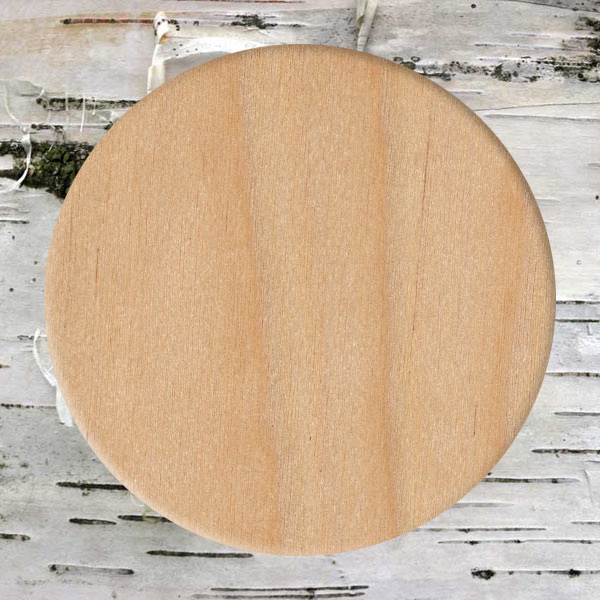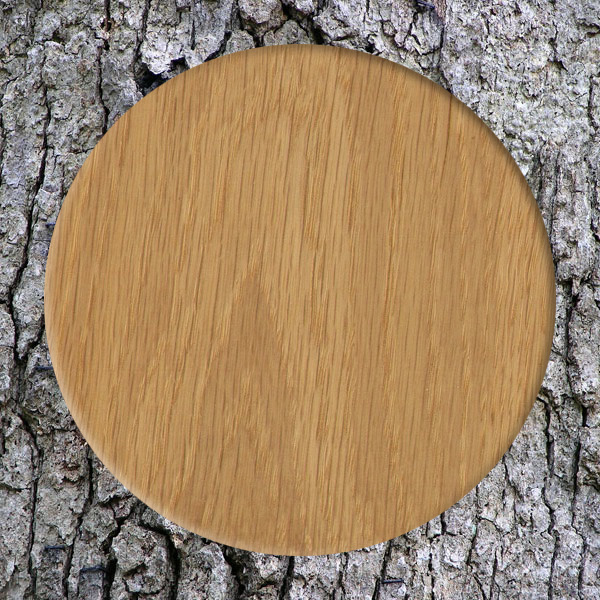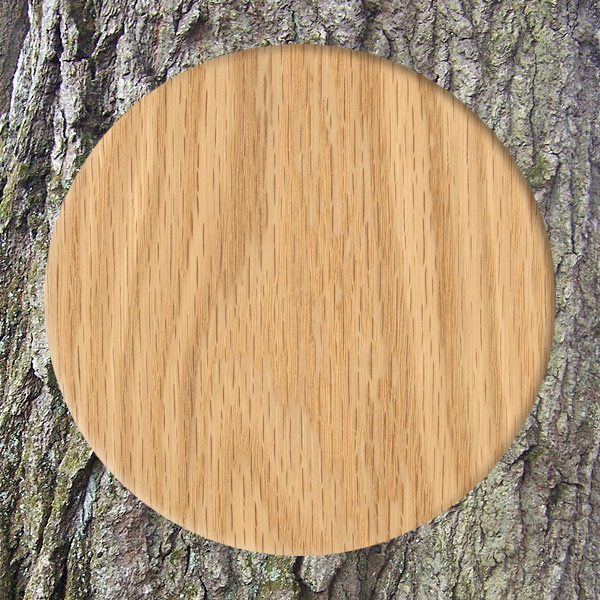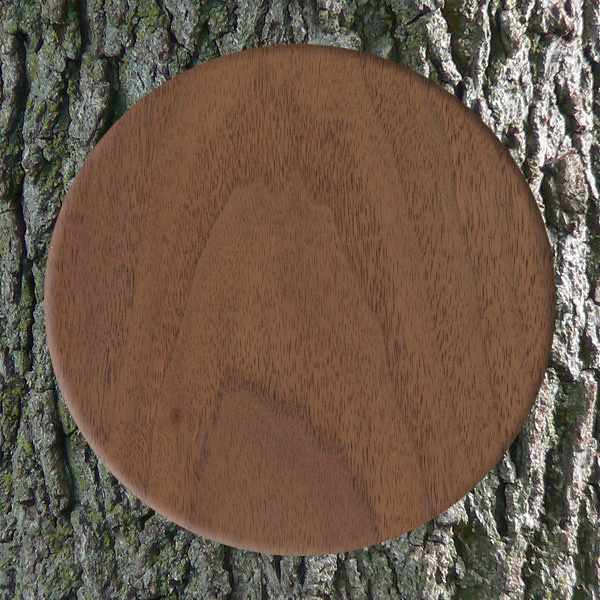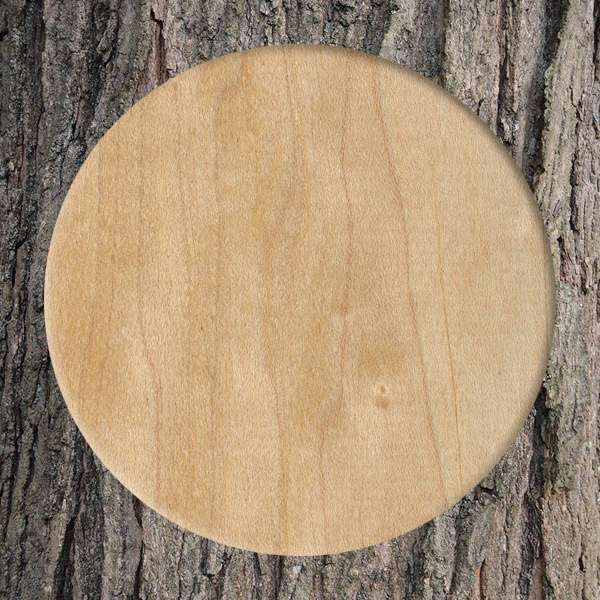
Sugar Maple
Sugar Maple (Acer saccharum)
Acer saccharum, the sugar maple or rock maple, is a species of maple native to the hardwood forests of eastern Canada, from Nova Scotia west through southern Quebec, central and southern Ontario to southeastern Manitoba around Lake of the Woods, and the northern parts of the Central and Eastern United States, from Minnesota eastward to the highlands of the upper eastern states and the interior Midwest. Sugar maple is best known for its bright fall foliage and for being the primary source of maple syrup.
The sugar maple can be confused with the Norway maple, which is not native to America but is commonly planted in cities and suburbs, and they are not closely related within the genus. The sugar maple is most easily identified by clear sap in the leaf petiole (the Norway maple has white sap), brown, sharp-tipped buds (the Norway maple has blunt, green or reddish-purple buds), and shaggy bark on older trees (the Norway maple bark has small grooves). Also, the leaf lobes of the sugar maple have a more triangular shape, in contrast to the squarish lobes of the Norway maple.
Uses
The sapwood can be white, and smaller logs may have a higher proportion of this desirable wood. Bowling alleys and bowling pins are both commonly manufactured from sugar maple. Trees with wavy woodgrain, which can occur in curly, quilted, and “birdseye maple” forms, are especially valued. Maple is also the wood used for basketball courts, including the floors used by the NBA, and it is a popular wood for baseball bats, along with white ash. It is also widely used in the manufacture of musical instruments, such as the members of the violin family (sides and back), guitars (neck), and drum shells. It is also often used in the manufacture of sporting goods.
Canadian maple, often referred to as “Canadian hardrock maple”, is prized for pool cues, especially the shafts. Some production-line cues will use lower-quality maple wood with cosmetic issues, such as “sugar marks”, which are most often light brown discolorations caused by sap in the wood. The best shaft wood has a very consistent grain, with no marks or discoloration. Sugar marks usually do not affect how the cue plays, but are not as high quality as those without it. The wood is also used in gunstocks and flooring for its strength.

Bark

Ultra-thin sugar maple sections from Romeyn Beck Hough’s American Woods. From top to bottom, the image displays transverse, radial and tangential sections. The adjacent image shows light passing through the specimens.
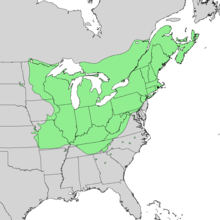
Native range of Acer saccharum
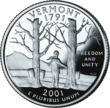
The sugar maple is the state tree of the US states of New York, Vermont, West Virginia, and Wisconsin. It is depicted on the state quarter of Vermont, issued in 2001.



